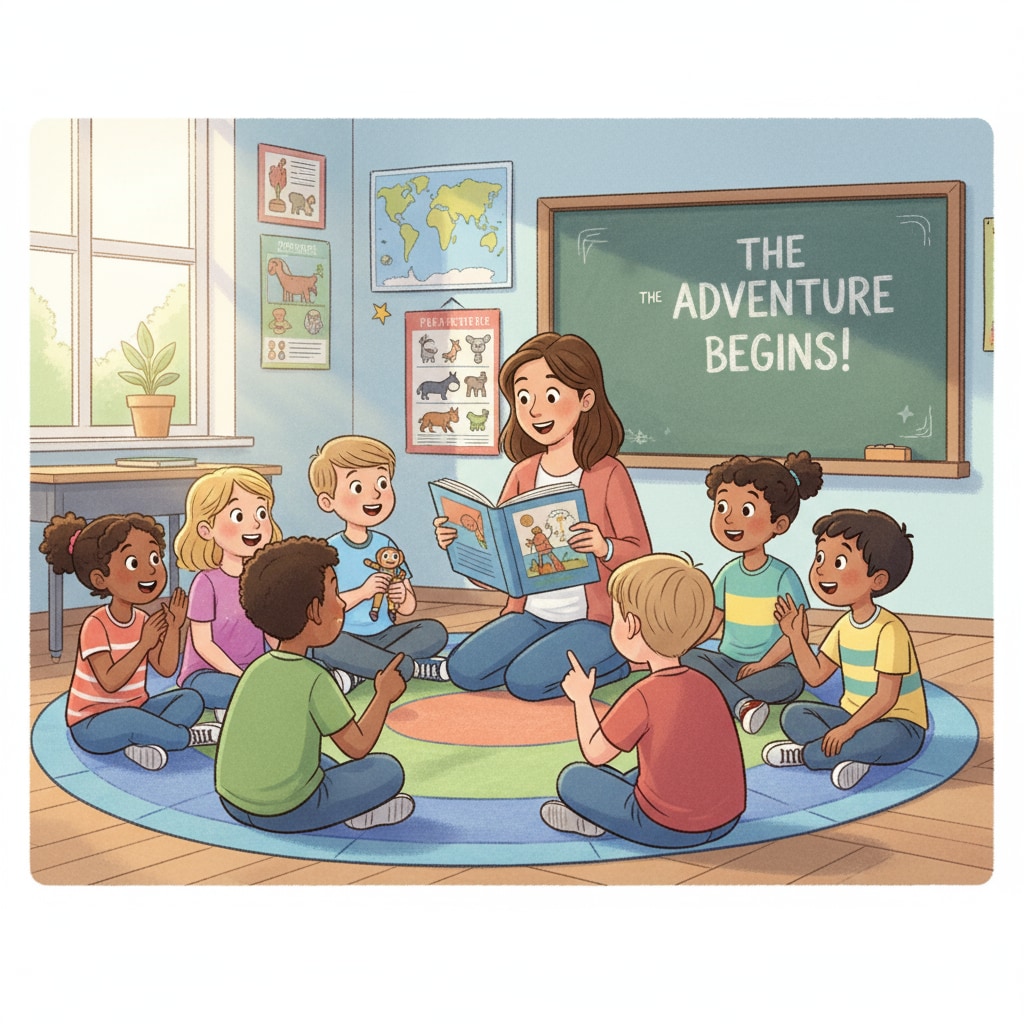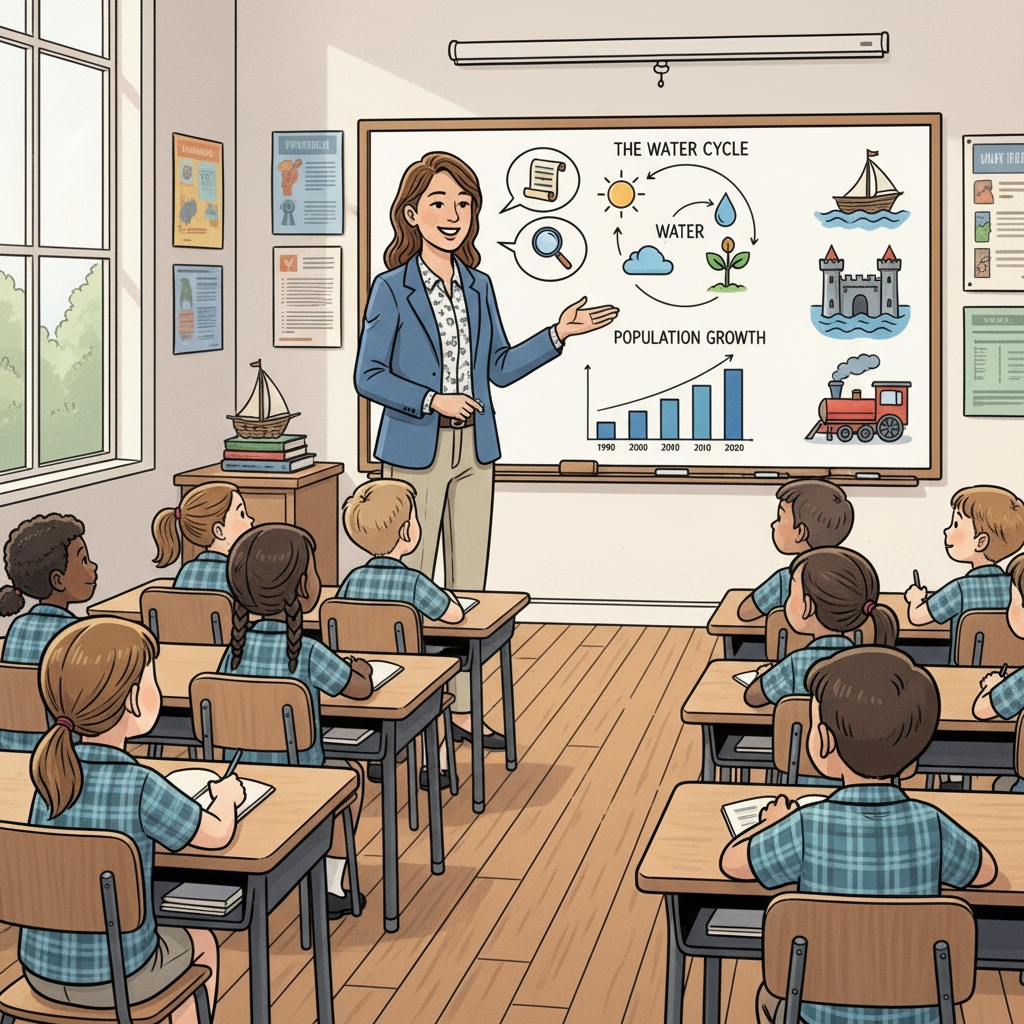Storytelling in education has the remarkable ability to bring about identity transformation and personal growth. In the realm of K12 education, this innovative approach is revolutionizing the way students perceive themselves and their learning journey.

As we delve into the concept, we’ll explore how narrative teaching can have a profound impact on students’ self – understanding and development.
The Power of Storytelling in Education
Storytelling has long been a fundamental part of human communication. In an educational context, it serves as a powerful tool to engage students. For example, stories can make complex ideas more accessible. When a teacher uses a narrative to explain a historical event or a scientific principle, students are more likely to understand and remember it. According to Wikipedia’s page on education, engaging teaching methods like storytelling can enhance the learning experience. This engagement is not just about academic performance; it also plays a crucial role in identity formation. When students are deeply involved in stories, they start to see themselves in different roles and situations, which gradually shapes their self – perception.

Identity Transformation through Narrative
Identity is not a fixed concept; it evolves over time. Storytelling in education can act as a catalyst for this evolution. The “blueprint decoded” project is a prime example. In this project, students were exposed to various stories that challenged their existing beliefs and perspectives. As they listened to these stories, they began to question their own values and goals. This process of self – reflection led to a transformation in their identity. They started to see themselves as more confident, capable individuals. As stated on Britannica’s page on the education system, experiences that encourage self – exploration can lead to significant identity changes. Through storytelling, students can break free from limiting self – concepts and embrace new possibilities.
Another aspect of identity transformation through storytelling is the development of empathy. When students hear stories from different perspectives, they learn to understand and relate to others. This enhanced empathy not only enriches their social relationships but also contributes to a more well – rounded sense of self. They start to see themselves as part of a larger community, which broadens their identity beyond just an individual learner.
In conclusion, storytelling in education is a powerful force that can bring about identity transformation and personal growth. By leveraging the power of narrative, educators can create an environment where students not only excel academically but also develop a strong and positive sense of self. As we continue to explore innovative teaching methods, storytelling should be at the forefront of our efforts to empower the next generation of learners.
Readability guidance: The article uses short paragraphs to present ideas clearly. Each H2 section provides key points. Passive voice is minimized, and transition words like ‘for example’ and ‘another aspect’ are used to enhance flow.


